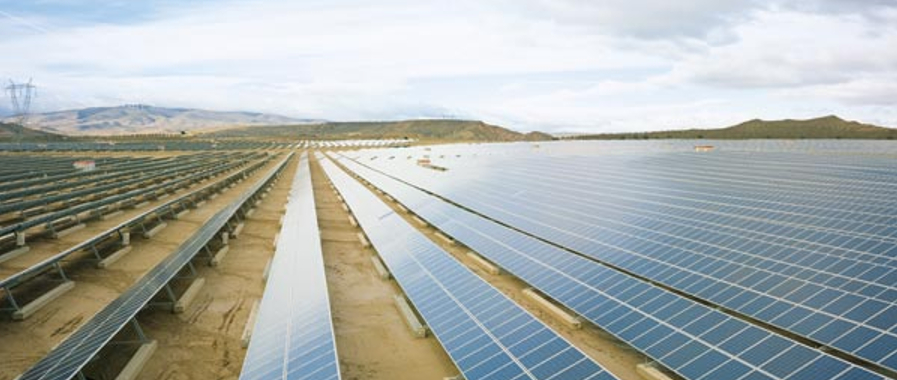by Christine Marie, originally published on Socialist Action, Feb 18, 2018
As Bill McKibben and other climate leaders keep reminding us, the cost of solar and wind energy keeps dropping. They assure us that if government continues to incentivize private investment with guarantees of profitable it would make these renewable sources competitive with fossil fuels and lead to a green capitalism.
This thinking is based on a seminal 2006 paper by Nicholas Stern, former chief economist at the World Bank. However, “Working Paper No. 10” (http://unionsforenergydemocracy.org/resources/tued-publications/tued-working-paper-10/), recently released by the Trade Unionists for Energy Democracy (TUED), proves that the “Stern Review” was a pipe dream and urges labor organizations to fight like the devil for an alternative course—public ownership of energy systems run under democratic control.
According to the International Energy Agency and the International Renewable Energy Agency (IEA-IREA), the investment needed to keep global warming below the threshold of two degrees Celsius would have to double the 2016 levels of investment to $600 billion a year and reach $14 trillion invested in solar and wind by 2030. The chances of this happening, under the current paradigm of public-private partnerships that guarantee profits and mitigate risk to private investors, according to the “Working Paper No. 10” authors Sean Sweeney and John Treat, is zero. In fact, they argue, based on a close study of the situation in the UK, that the idea that we can reach safe levels of renewable energy via aid to private profiteers is “the greatest policy failure ever.”
Public money, they argue, is already responsible for the vast bulk of the world’s energy deployment. But it takes ever-increasing amounts of public funds to actually get private industry to make even token commitments to renewables in the midst of a capitalist crisis full of risk for stockholders. The net result is that wind and solar today generate just 4.6% of global electricity. In a world full of idle capital, and a decade of government incentives, the current levels of investment in a transition to renewable energy will doom us to an unlivable planet. Sweeney and Treat explain that as long as there are more profitable and less risky places to invest, private capital will continue to refuse to be part of humanity’s effort to secure its home.
The historic task of decarbonizing energy generation, Sweeney and Treat, explain, “will require virtually unprecedented levels of long-term planning, coordination, and cooperation” that are completely at odds with the way that capitalist markets work. “Ending the market that never was by reclaiming energy systems open up an altogether different set of possibilities and an entirely new energy transition scenario where there can be full attention paid to the technical challenges without the policy-afflicted distractions generated by obstructive and destructive ‘competition’ between different private actors and interests,” they say.
Perhaps, most importantly, they insist that “unions and their allies are well positioned to challenge the myth that a transition to renewable energy can be accomplished by catering to the interests of big companies and private investors. The global labor movement can and should demand and fight for a viable transition pathway—one that is anchored in public financing, social ownership and democratic control.”
To popularize this vision, TUED has mounted an animated video explaining the need for social ownership and workers control of energy on its website. It is called “This is What Energy Democracy Looks Like and is available at http://unionsforenergydemocracy.org/resources/video/. It is designed to be show at union meetings and other gatherings of workers and can lay the basis for the sharing of written arguments for the nationalization and municipalization under democratic control.
What is missing from “Working Paper No. 10” and this introductory video is a full discussion of just how the unions and unorganized working people might successfully carry out a struggle to implement this strategy. In the United States most union leaders limit their political advocacy to positions acceptable to the Democratic Party and their corporate backers. In order to educate the ranks and mobilize them in numbers sufficient to put public ownership on the agenda, the union leadership will need to break through this obstacle and chart a course for “a living wage on a living planet” that is independent of both capitalist parties.
After such a break, the labor movement will then need to also repair their broken relationships with immigrant workers, with the Black and Latino communities, with women, and youth. This vision will certainly animate the best class-struggle fighters in the coming period.
